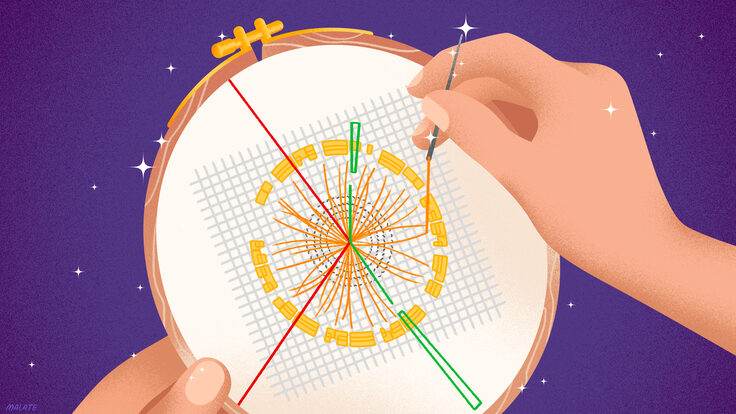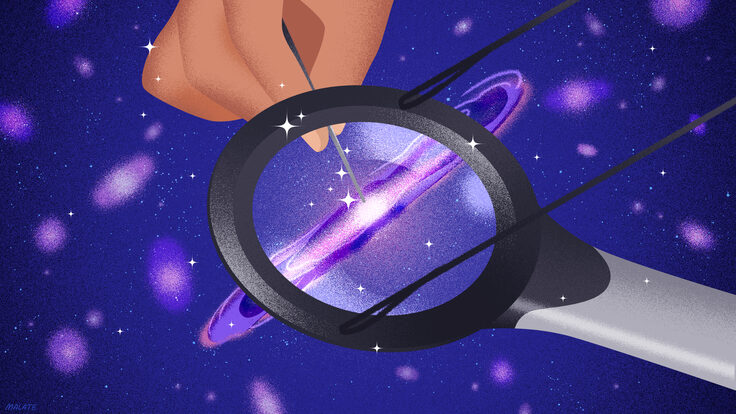Now here's a bit of physics-related lore I didn't know: After leaving Cambridge, Sir Isaac Newton was appointed Warden of the English Mint, where he got involved in some very nasty business.
From a review of Newton and the Counterfeiter: The Unknown Detective Career of the World's Greatest Scientist, on TheScientist.com:
The greatest mind of the 17th (or arguably any) century found himself in a position to use his superior mental powers to study and rectify the problems of England's Mint. Once he'd improved the manufacture of the King's coin by adding eight new rolling mills and five new coin presses to the Mint, his attention turned to the country's counterfeiters. This is when Newton morphed into a master sleuth, building a network of spies and informers in London's underworld, never hesitating to wade into unsavory, dangerous territory. His mania for detail helped him in matching wits with one of the most inventive criminals of the age, one William Chaloner.
Reviewer Margaret Guthrie writes that author Thomas Levenson's pace and timing
...rival those of the best crime story authors. He has written a real page-turner, perfect for a long afternoon's engagement with the hammock or whiling away a long airport layover.
Apparently Newton left detailed records of the case he built against Chaloner; the author also had the benefit of a 17th-century biography of the master criminal. So now we can indulge in a bit of true-crime reading while nobly boning up on the history of physics -- sort of.







